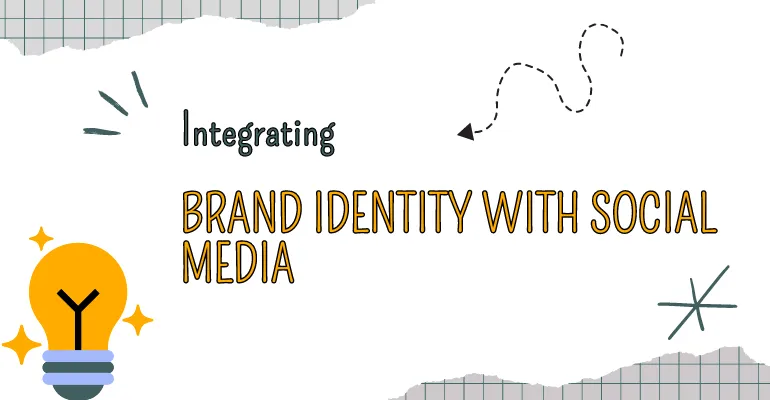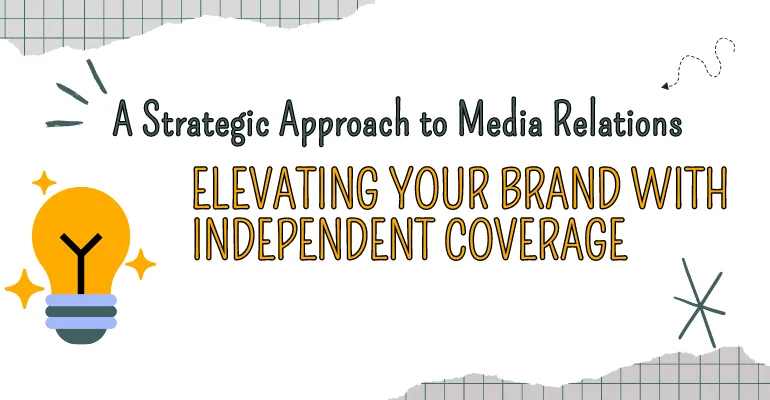Effective Social Media Management for Brand Visibility
In the fast-paced digital landscape of the United Arab Emirates, social media has become an essential platform for building brand visibility and engaging with customers. For businesses, managing social media effectively is no longer optional; it is a strategic imperative that shapes public perception, drives engagement, and contributes directly to business growth. Social media platforms offer unparalleled opportunities to connect with audiences, share expertise, and demonstrate a company’s value proposition in ways that were unimaginable a decade ago.
Effective social media management begins with a clear strategy. Businesses must define their objectives, whether it is increasing brand awareness, generating leads, or cultivating customer loyalty. Understanding the target audience is critical, as it guides content creation, tone of messaging, and platform selection. In the UAE, a market characterized by cultural diversity and high digital adoption, brands must consider language preferences, local trends, and consumer behavior to ensure content resonates authentically.
Consistency is a fundamental principle of social media management. Regular posting, timely responses to comments, and active engagement with followers reinforce brand presence and credibility. A consistent voice across multiple platforms strengthens brand identity and creates a cohesive image that customers recognize and trust. Additionally, using analytics tools to monitor performance allows businesses to measure engagement, assess reach, and refine strategies based on what is most effective.
Content is at the heart of social media success. High-quality, informative, and engaging content attracts attention, encourages interaction, and establishes authority. Companies in the UAE can leverage a mix of educational posts, case studies, industry insights, and visual content to appeal to different audience segments. Each post should be purposeful, aligning with broader business objectives and reflecting the company’s expertise and professionalism. The strategic use of multimedia, such as videos, infographics, and interactive polls, further enhances engagement and keeps the brand relevant in a crowded digital space.
Engagement is not limited to posting content; it involves active interaction with the audience. Responding to inquiries promptly, acknowledging feedback, and participating in conversations demonstrate that the brand values its customers. This interaction builds trust and fosters loyalty, creating long-term relationships that extend beyond transactional exchanges. In a competitive market like the UAE, where customer expectations are high, responsiveness and attentiveness can significantly differentiate a brand from its competitors.
Another essential element is monitoring trends and adapting to platform changes. Social media evolves rapidly, with algorithms, features, and user behavior shifting frequently. Businesses that stay informed and adjust their strategies accordingly maintain visibility and relevance. Using insights from performance metrics and market trends, companies can optimize posting schedules, content formats, and engagement tactics to achieve maximum impact.
Paid social media campaigns complement organic efforts by extending reach and targeting specific demographics. Platforms like Facebook, Instagram, and LinkedIn allow businesses to deliver tailored messages to high-value audiences. By combining paid and organic strategies, companies can enhance brand visibility, increase engagement, and drive conversions in a cost-effective manner. Data analytics ensures that investments are optimized, and campaigns are continuously refined to deliver measurable results.
Finally, social media management contributes to brand reputation and authority. A well-managed presence reflects professionalism, expertise, and commitment to the audience. In the UAE, where consumers have access to global and local brands, a strong social media presence signals reliability and positions a company as a leader in its field. Consistent, strategic, and responsive management of social media channels strengthens credibility and ensures that the brand remains top-of-mind among its target audience.
In conclusion, effective social media management is essential for maintaining brand visibility and fostering meaningful engagement in the UAE’s competitive digital environment. By combining a strategic approach, high-quality content, consistent interaction, trend awareness, and data-driven optimization, businesses can maximize the impact of their social media presence. Companies that prioritize professional and strategic social media management not only enhance brand recognition but also build lasting relationships with their audience, driving sustainable growth and long-term success.














